Flavorful and adaptable, salmon is a popular seafood that offers significant nutritional advantages. Salmon is considered one of the healthiest fish available because of its high content of omega-3 fatty acids, which are known to have heart-healthy properties. Salmon has long been valued by many cultures. North American First Nation tribes honor fish and celebrate the First Salmon Feast every year. Salmon is revered worldwide and is a staple of Osechi Ryori, a traditional Japanese New Year’s feast where it is thought to be a food of youth. A highly sought-after and in-demand delicacy for our dinner plates is what has nourished these societies for millennia.

Salmon is becoming more and more popular as a lean protein, and grocery stores offer a wide variety of options for buying and eating it. On the other hand, the abundance of salmon in fish markets can be extremely perplexing and jargon-heavy. Is the salmon from a sustainable source? Is salmon bred in a farm or wild caught? What distinguishes premium salmon? When purchasing salmon, there are a few key considerations listed by All Recipes, including the fish’s size, the presence of bones, and the meat’s color.
Making an informed purchase might result from knowing where to look and a few insider words. This will assist in matching you with the ideal salmon for the way you want to cook it. Although the reasons behind each person’s needs are unique, our comprehensive list illustrates this point by contrasting six of the most common varieties of fish available.
Table of Contents
Types of Salmon
King salmon
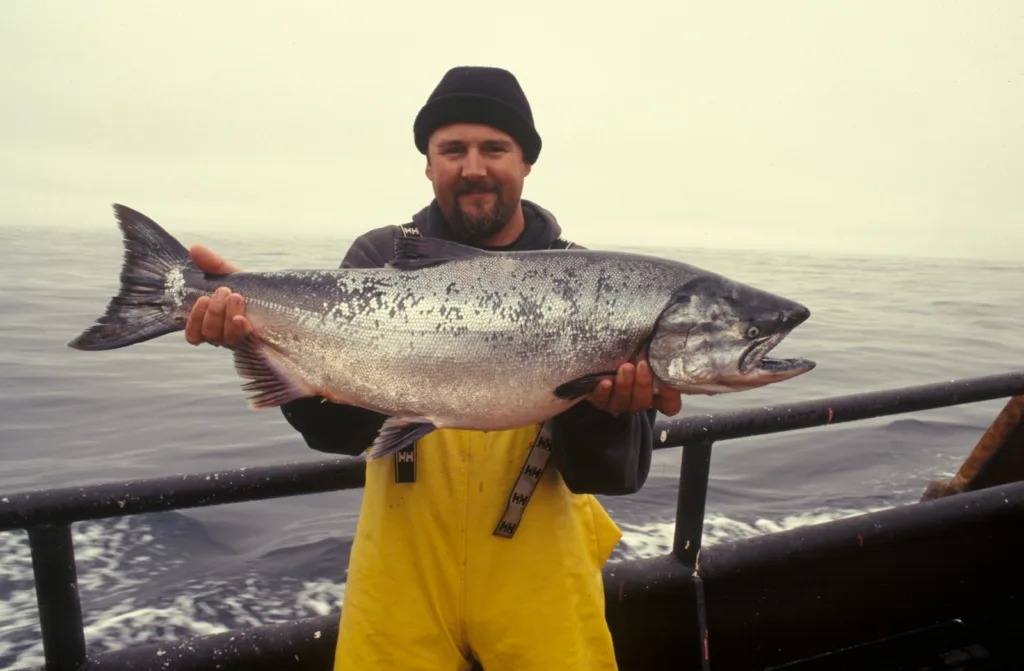
King salmon is the best salmon, and its size and flavor befit its title. According to Chef Resources, king salmon, also called Chinook salmon, can weigh up to 50 pounds, making it the largest fish in the Pacific. Its typical weight is 20 pounds. A variety of king salmon runs have cycled into the federal list of vulnerable or endangered species as a result of overfishing and habitat destruction. Joining the list in 1999, the Environmental Protection Agency lists Puget Sound Chinook as the first federally protected stock.
Wild-caught Chinook fillets had the highest fat content, according to a study published in the Journal of Agriculture and Food Research. This contributes to the fillets’ luscious texture and interior color. The price of king salmon may be explained by these taste factors; All Recipes reports that king salmon is always the priciest variety available. The smooth consistency and succulent mouthfeel more than make up for the cost. While Chinook may seem delicate, The Spruce Eats explains that king salmon’s distinct qualities allow it to adapt to a variety of challenging cooking techniques, such as charcoal grilling. By following this method , king salmon can have a crispy exterior and a buttery interior, highlighting its distinctive characteristics.
Sockeye Salmon
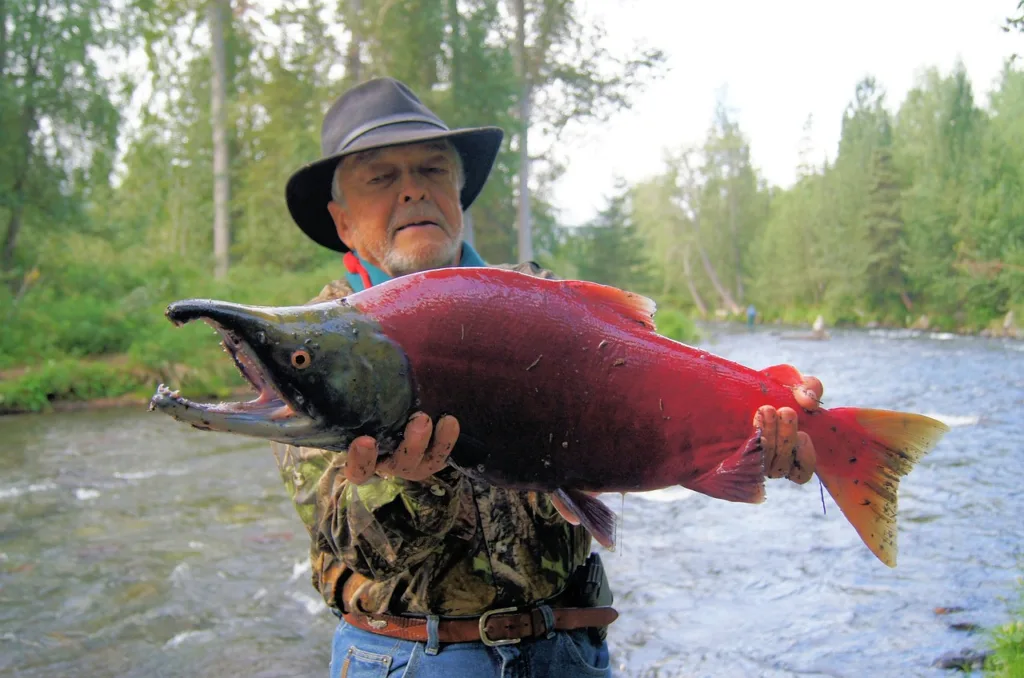
According to the Wild Salmon Center, sockeye salmon are more frequently called red salmon because of their rich body color, which comes from a diet rich in krill. Primarily found around the coasts of Alaska, Washington, and Oregon, this fish species is Pacific in origin. The National Oceanic and Atmospheric Administration states that sockeye salmon are among the species that are most protected, with strict fishing laws and stock monitoring in place. As a result, even if other West Coast populations have been strictly listed as threatened or endangered, hundreds of robust stocks have remained in Alaska.
Its states that sockeye is rich in omega-3 fatty acids, low in salt, and has a unique salmon flavor. It is second only to king salmon in terms of fat content. The distinctive dark red color and solid, dense texture of sockeye salmon flesh are a result of their diet rich in crustaceans and plankton. Comparing sockeye salmon to other Pacific species, they are smaller, with an average weight of 4 to 15 pounds per fish according to NOAA data. Sockeye may be cooked in almost any way and still produce a tasty dish, but some methods bring out the best flavor more than others.
Because of the meat’s vibrant color and intense flavor, raw, premium sockeye salmon is frequently used in Japanese sushi dishes like sashimi and handrolls, according to Chef Resources. Sockeye can also be used in grilled salmon recipes, although the fillets may be thinner.
Coho Salmon
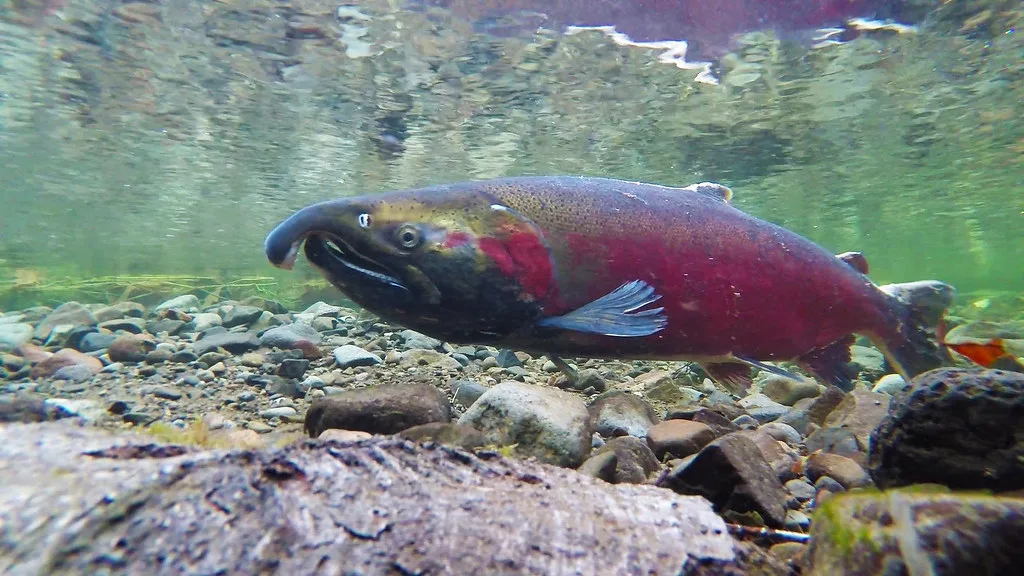
Moving up to the next quality level, coho salmon, often known as silver salmon, are still highly regarded Pacific salmon despite having less oil than sockeye or king salmon. According to Fishchoice, Coho salmon weighs seven to eight pounds on average, has almost twice as much oil as pink and chum salmon, and when cooked, the interior shows vivid reddish-orange meat. Placed midway on this list in terms of cost, quality, and fat content is Coho. This kind of salmon works well in dishes calling for low-heat slow cooking techniques like poaching, smoking, or cooking en papillote.
Certain Coho runs in the northwest have been placed on the endangered species watchlist since 1996 as a result of overfishing and habitat destruction, according to data provided by the California Department of Fish and Wildlife. According to more research from the Guardian, the region’s severe dryness has made it difficult for Coho populations to respawn in their former habitats.
The Michigan Department of Natural Resources states that although coho salmon are native to the Pacific coast of North America, they were brought to the Great Lakes in 1967. Although there are a lot of misconceptions about salmon and how it is produced, the truth is that Salmon is one of the most popular fish worldwide. In order to limit the consequences of climate change on the American food supply, innovative solutions are required. One such approach is to introduce salmon to new bodies of water, which helps relieve pressure on wild stocks and save salmon populations from extinction.
Atlantic Salmon

According to the National Oceanic and Atmospheric Administration, there is just one species of Atlantic salmon, compared to numerous varieties of Pacific salmon. The Atlantic type, with an average weight of 8 to 12 pounds, is only commercially available through farm-raised production. As stated in Chef Resources, Atlantic salmon has a flakey, dense texture, a pale pink to orange flesh color, and a higher oil content than chum and pink salmon.
When I thought of farm-raised seafood, I thought of packed spaces, overcrowded fish, and pollution in the water and its surroundings. Considerable progress has been made in sustainable farm fishing during the past few decades. But even so, when reading salmon labels, it’s crucial to understand industrial jargon like wild-caught, farm-raised, and sustainably farm-raised, as National Geographic explains.
As defined, “wild-caught” refers to fish that have been taken from their native habitat by fishing vessels. In contrast, salmon raised on farms are kept in net enclosures where they are fed and have water constantly flowing through them. Although this method may seem more environmentally friendly, it may also allow feed, trash, and chemicals to enter the environment unchecked. Since salmon are cultivated in aquaculture tanks, where fish farmers may filter water and appropriately dispose of pollutants to nearby marine biomes, sustainable farm-raised salmon differs from other salmon since it takes into account the surrounding environment and ecology. Check the method of raising your Atlantic salmon, as it is currently the most readily accessible alternative at the grocery shop.
Pink Salmon

Pink salmon are the most prevalent species in bodies of water from Oregon to Alaska, although there are other varieties of Pacific salmon as well, according to Smithsonian Magazine. Similar to chum salmon, pink salmon are primarily canned and preserved and have less oil content than more desirable fish, according to the Alaska Department of Fish and Game. According to the National Oceanic and Atmospheric Administration, male salmon get a noticeable protrusion on their back that gives them the moniker “humpbacks.” Pink salmon are smaller, weighing an average of 3.5 to 5 pounds per fish. The sustainable agricultural methods used to raise pink salmon are another incentive to give it some thought.
Chum Salmon
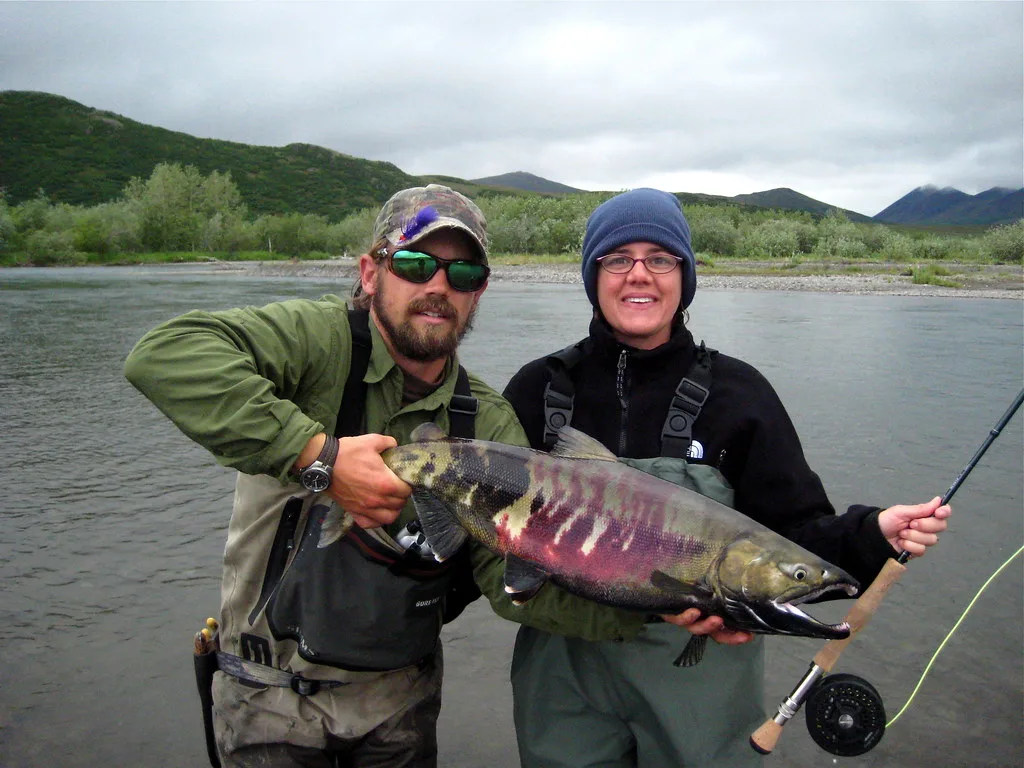
According to the National Oceanic and Atmospheric Administration, chum salmon, a Pacific species that swims along the west coast of the United States, weigh eight to fifteen pounds, making it the least favorable. There are several additional names for chum, including silverbright, boy, and dog salmon. As one would expect, a name with such a detailed history derived from history. According to Smithsonian Magazine, in North America, chum was a common meal for dog sled teams. In addition, chum salmon lose their attractive appearance as they age due to browning of the body and curled lips. Because of this, chum salmon are not as well known as sockeye or king salmon.
Still, in spite of its unattractive appearance, this delectable type is receiving greater attention. Although the name and appearance might not be the most enticing, chum salmon tastes amazing and is more reasonably priced.
you may also like: How Farmed Salmon Differs From Wild Salmon in Practice

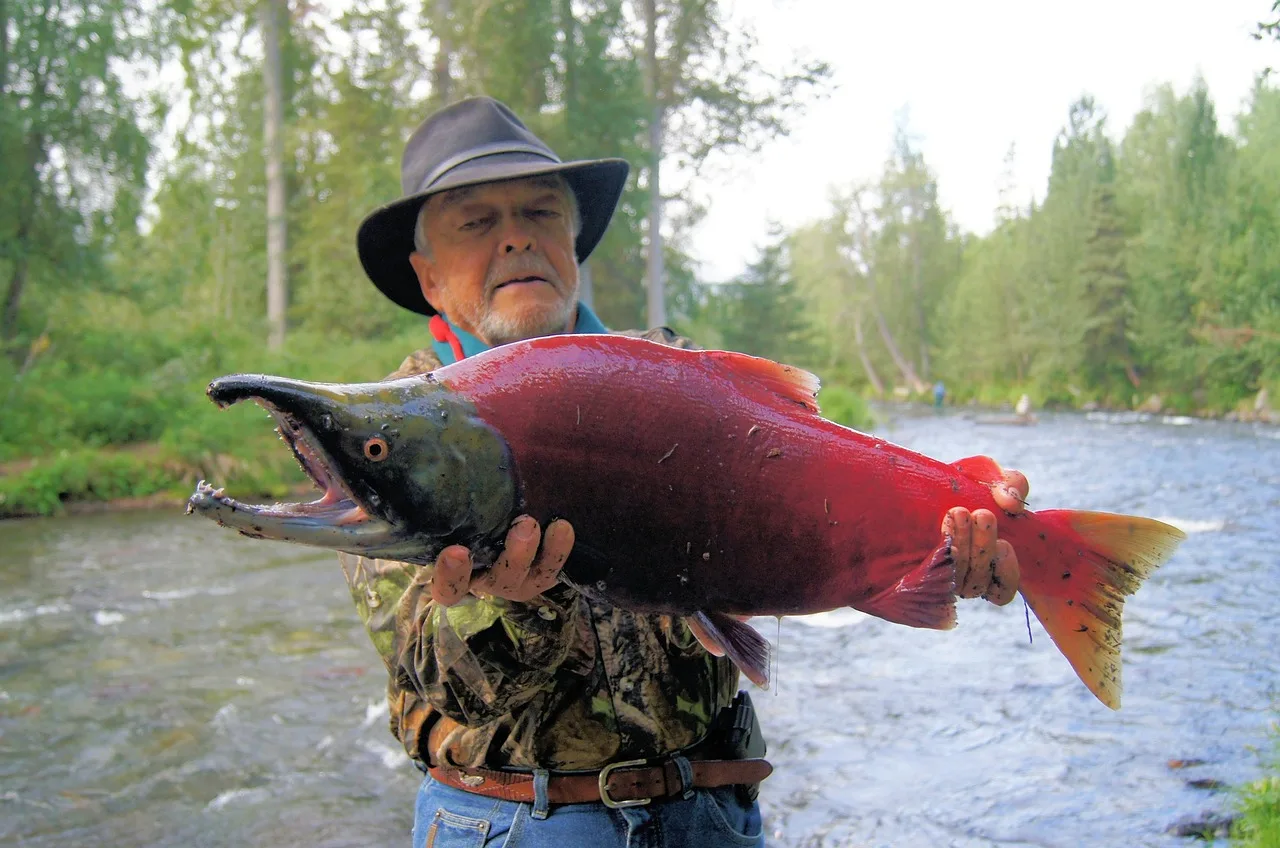
1 thought on “Salmon Ranked Worst To Best : 6 Types”